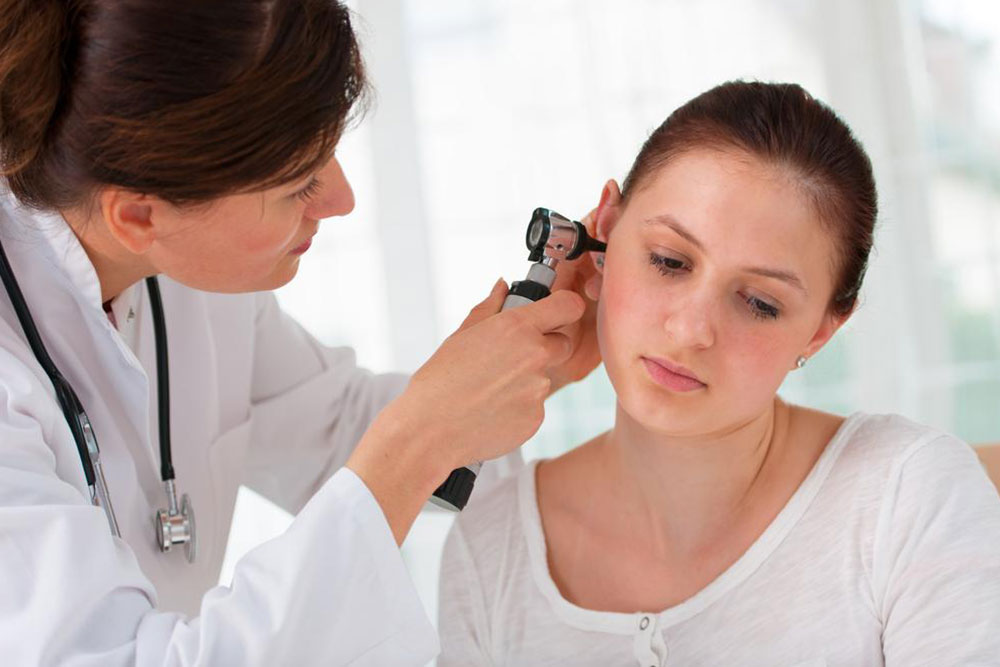Comprehensive Guide to Vertigo Treatment Options: Causes, Symptoms, and Effective Remedies
Vertigo can significantly impair daily life due to dizziness and imbalance. This comprehensive guide explores the common causes such as BPPV and Meniere’s disease, highlights symptoms, and discusses effective treatments like vestibular rehabilitation, canalith repositioning, medications, and surgery. Understanding these options enables better management and helps those affected regain stability and confidence. From initial management to advanced procedures, learn how to effectively address vertigo and improve quality of life through tailored therapies recommended by healthcare professionals.

Understanding Effective Treatments for Vertigo
Vertigo is a perplexing and often debilitating condition characterized by sensations of dizziness, spinning, and imbalance that can significantly impair daily life. This condition is commonly caused by issues within the inner ear, which plays a crucial role in maintaining balance and spatial orientation. Understanding the underlying causes and the most effective treatment options is essential for managing vertigo and improving quality of life. This comprehensive guide explores the various causes, symptoms, and modern treatment strategies available for vertigo sufferers.
Inner ear disorders are the primary culprits behind vertigo. Among these, two are notably prevalent:
Benign Paroxysmal Positional Vertigo (BPPV): This is caused by tiny calcium carbonate crystals, known as canaliths, that dislodge from their usual position in the utricle and migrate into one or more of the semicircular canals of the inner ear. These misplaced crystals interfere with normal fluid movement, leading to sudden episodes of vertigo triggered by specific head movements.
Meniere’s Disease: A disorder involving abnormal fluid accumulation within the inner ear structures, causing increased pressure. This can result in episodes of vertigo, fluctuating hearing loss, ringing in the ears (tinnitus), and a sensation of fullness or pressure in the affected ear.
Beyond these common ear conditions, other factors can induce vertigo, including vestibular neuritis (inflammation of the vestibular nerve), age-related degeneration, traumatic brain injuries, certain medications, migraines, strokes, and tumors. Understanding these causes helps tailor effective treatment strategies for each individual.
Vertigo symptoms vary widely among sufferers and can range from mild discomfort to severe episodes that incapacitate. Recognizing these symptoms early is vital for prompt treatment and prevention of further complications.
Common Symptoms of Vertigo Include:
Spinning sensation or feeling that the environment is moving
Nausea and sometimes vomiting
Balance disturbances leading to unsteady gait or falls
Feeling pulled or tilted in one direction
Headaches, which may accompany other symptoms
Sweating, especially during severe episodes
Occasional hearing loss or ringing in the ears
Effective management of vertigo involves a combination of lifestyle adjustments, medical interventions, and sometimes surgical procedures. The goal is to reduce the frequency and severity of episodes and restore normal functioning.
Comprehensive Vertigo Treatment Strategies
Initially, patients are often advised to rest, stay well-hydrated, and avoid sudden head movements. Many cases resolve over time as the brain adapts to residual imbalances. However, persistent or intense vertigo requires targeted treatment to address specific causes.
Vestibular Rehabilitation Therapy (VRT): This specialized form of physical therapy focuses on enhancing the function of the vestibular system, which detects head and body movements relative to gravity. VRT involves customized exercises designed to improve balance, reduce dizziness, and retrain the brain to compensate for inner ear dysfunction. It is particularly effective for recurrent vertigo cases and can significantly improve patients' confidence and mobility.
Canalith Repositioning Procedures (e.g., Epley Maneuver): These are non-invasive, precise head and body movements performed by trained healthcare providers to move displaced calcium crystals out of the semicircular canals back into the utricle, where they do not cause vertigo. The procedure typically provides immediate relief, although some patients might experience brief dizziness afterward. Multiple sessions are often necessary for persistent cases.
Medications: While medications are not cures for vertigo, they can effectively manage associated symptoms. Antiemetics and vestibular suppressants such as meclizine or dimenhydrinate are commonly used to control nausea and dizziness during episodes. Corticosteroids or antibiotics may be prescribed if inflammation or infection is suspected as the cause. It’s important to note that medications are usually part of a broader treatment plan and not standalone solutions.
Surgical Interventions: Surgery is considered a last resort when other treatments fail or when structural abnormalities like tumors or significant inner ear damage are involved. Procedures may include vestibular nerve section, labyrinthectomy, or endolymphatic sac decompression, aimed at alleviating severe symptoms and preventing further deterioration.
Managing vertigo effectively often involves addressing underlying health issues, lifestyle modifications, and adherence to treatment protocols. While some episodes may recur, most patients experience significant relief with appropriate therapies. It’s vital to seek immediate medical attention during acute attacks to prevent falls or other injuries and to obtain proper diagnosis and personalized treatment plans.





